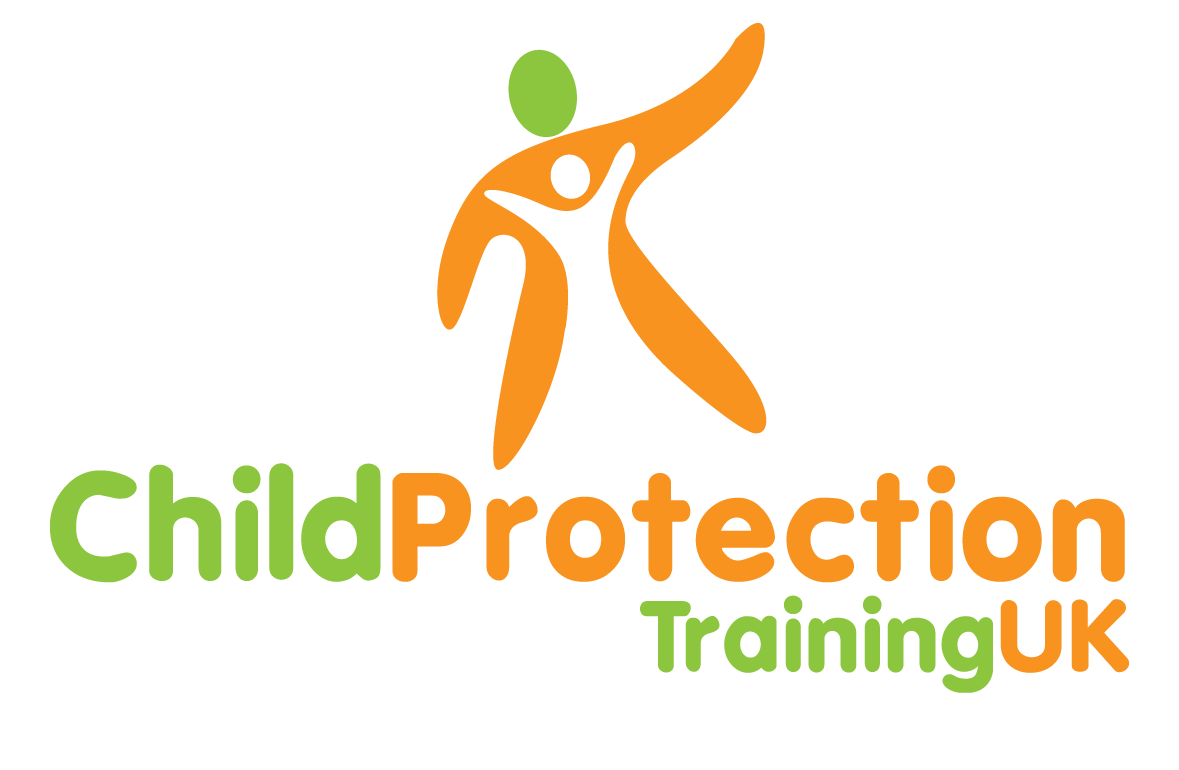What is Self-Harm?
Self-harm can also be known as self- injury and covers a whole variety of different acts that people intentionally carry out on themselves. These acts are not carried out to cause death but they are carried out to cause harm. The most common methods of self-harm are scratching, cutting, burning and biting. Self-harm is used as a way of dealing with issues and is an act of coping but it can lead to the act becoming a problem. It can become a problem because it is usually hidden by the individual and carried out in private. Self-harm can give someone the sense of control that they want and crave and can reduce tension and it can also be a way of punishing themselves for an inner guilt that they may have. Some people who self-harm may only do it occasionally but others carry out this behaviour on a regular basis.
How Prevalent is Self-harm?
Self-harm is more common that people think and the figures are not only alarming but they are also rising. It is claimed that 1 in 10 children have mental health issues and the way that they deal with these issues is by self-harming. It has now been classed as a serious problem and 142,000 people were admitted to hospital with injuries caused by self-harming. The truth is, the figures are very likely to be incorrect as a lot of people do not seek help for self-harming and therefore go unnoticed.
Why do Young People Self-harm?
Different issues and different problems affect people in many ways and therefore not every single person is the same. However, the majority of people who self-harm are known to be struggling with some form of distress and mental health issues. Those who do self-harm would not have carried out the act immediately after recognising that they have an issue, they will often give it a period of time before they understand that self-harm is a form of escape for them. Common reasons for self-harming include sexual abuse, depression, lack of confidence, relationship issues as well as work troubles. Self-harming is sometimes used to get back at others but that is not common, most people harm in silence and in private.
How can schools help young people who self-harm?
An important factor for helping a young person who is self-harming is to help them understand that they have support around them. The school should encourage the children to engage with their peers and should help them focus on their self-esteem. The staff should be given the correct training so that they can identify any issues that may arise and have the correct knowledge to deal with them. The children should feel that if any issues are brought up with the school that they cannot offer complete confidentiality, this is down to risk and whether the child is likely to self-harm again. The children have to understand limits, but the school must acknowledge all attempts of self-harm and take them seriously. The school have to take a non-judgemental view towards the pupils and work to re-assure them that what they are doing is understandable but someone has to be informed so that the situation can be resolved. The school must also be prepared to offer information on any support agencies that are available for the pupil.
Links and Resources
Royal College of Psychiatrists: Self Harm
Healthy Schools Wiltshire: Model guidance for schools responding to incidents of self-harm
Gloucestershire Healthy Living and Learning: Young People Schools and Self Harm

